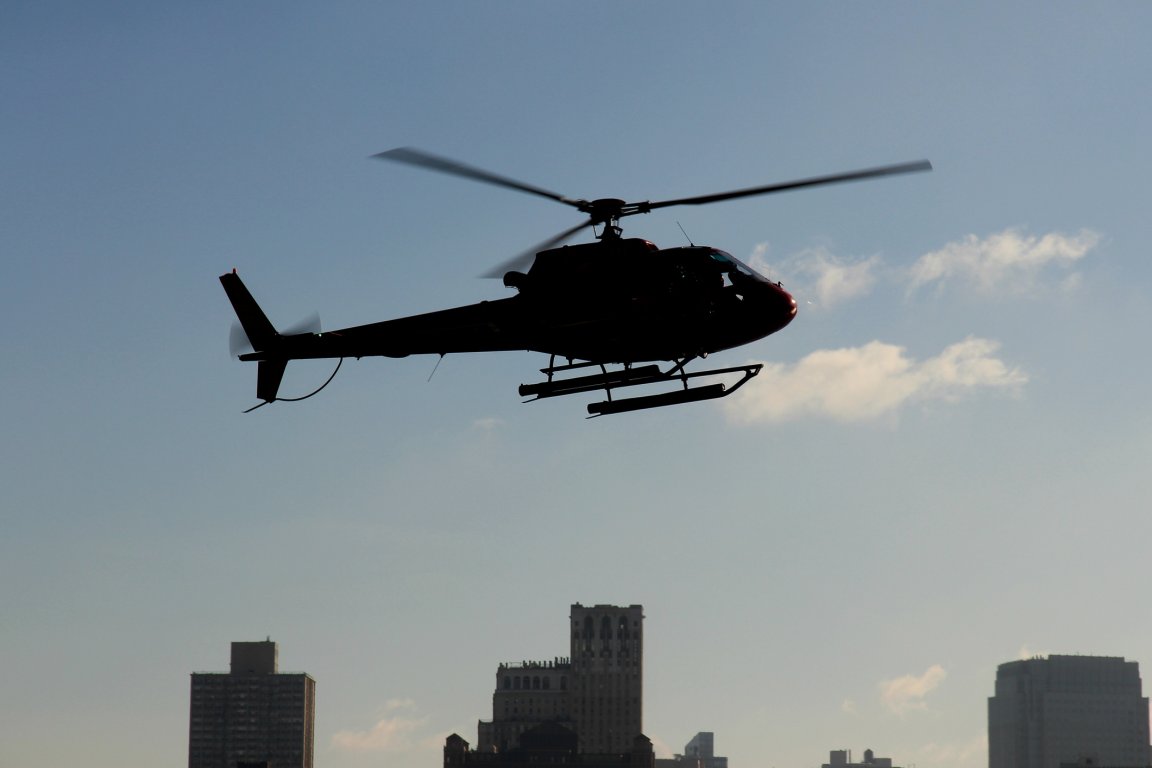
Beam it down, Zuckerberg
On Wednesday April 19, Facebook revealed test results to the F8 developer conference from its efforts to get rural regions around the world online, and function as a source of disaster relief. The social platform created a small helicopter that’s connected to a power source and an internet cable (called a Tether-tenna) which in turn connects it to existing fiber lines. It can then fly above ground, serving as a tower during emergencies. Although this tech is a long-term plan for now, Facebook says it could eventually provide connectivity for months at a time while communities rebuild in the wake of disasters.
The high-speed corollary for populated areas, Terragraph, is being tested in downtown San Jose. Terragraph, which launched last year, boosts wireless in places with denser internet use. Facebook is making progress with the tech but says there’s still work left to do.
Facebook’s first flight of the Aquila drone — built for beaming internet service using millimeter wave technologies to provide faster data speeds — also took place in 2016. Although, the drone suffered a “structural failure” during its landing, triggering a National Transportation Safety Board investigation. Test flights will continue in 2017.
Perhaps most exciting is the data transfer record Facebook set this month with its beaming technology: it tested a rate fast enough to support the simultaneous streaming of 4,000 ultra-high-definition videos. It also beamed data back and forth to a plane more than seven kilometers away. However, not everyone is that excited about Facebook’s new tech. India blocked Facebook’s Free Basics program in 2016, saying it could “stifle innovation” and create an unfair playing field.
Facebook isn’t the only player in the internet beaming game. Google’s Project Loon is still a thing, although the company is now aiming for balloons that stay aloft for weeks rather than months. And back in 2015, Stanford engineers were working on optical data transfer, something that various companies, including Apple, are still working toward.